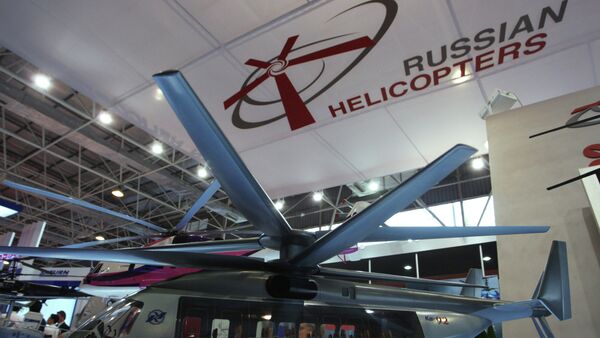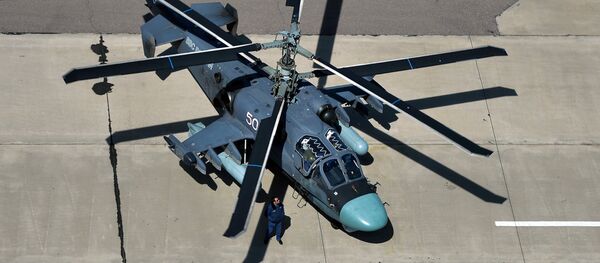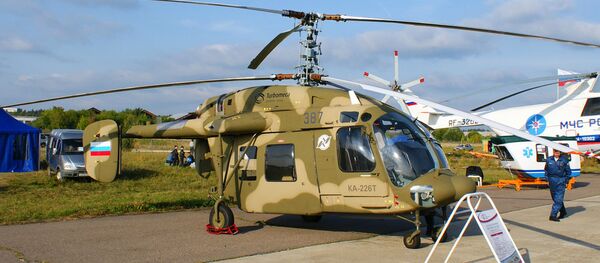High-speed helicopters are also being tested in the US and Western Europe. Not everything is going smoothly there, of course, but their helicopters can fly at stable speeds of around 400 km/h and Russia can’t afford to fall behind.
During the 2009 HeliRussia exhibition Russia unveiled a slew of high-speed helicopter designs built around the Kamov Ka-92 medium-class helicopter capable of cruising at 450 km/h and flying a distance of up to 1,500 km.
The 30-seat coaxial passenger helicopter with a takeoff weight of 16 tons was designed to land on just about any level surface which made it ideal for emergency situations and for ferrying shift crews to faraway oil rigs and construction sites in the Far North and even the Arctic.
A life-sized Ka-92 was never built. What they build, however, was a flying lab dubbed as the Perspective High-Speed Rorocraft demonstrator, which was unveiled during last year’s MAKS airshow.
Its main element is a new main rotor system that helps defer the airflow separation on the main rotor blades, which normally happens at speeds exceeding 350 km/h, while preserving the classic configuration.
In 2016, the demonstrator development program was divided in two: the Perspective High-Speed Rotorcraft testing conducted as part of the “Speed” project and the development of a Perspective Medium-Class Commercial Helicopter with maximum takeoff weight of over 10 tons.
The results of the demonstrator testing and the technology developed within its framework may be applied to other helicopter programs, including the new Mi-38 heavy-lift helicopter.




